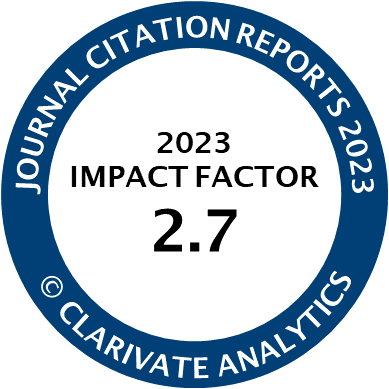Article | Open Access
Social Media, Populism, and Migration
| Views: | 5106 | | | Downloads: | 3433 |
Abstract: Several scholars have attributed high hopes to social media regarding their alleged ability to enable a nonhierarchical and freely accessible debate among the citizenship (Loader & Mercea, 2011; Shirky, 2011). Those hopes have culminated in theses such those describing the social web as being a ‘new public sphere’ (Castells, 2009, p. 125) as well as in expectations regarding its revitalizing potential for the ‘Habermas’s public sphere’ (Kruse, Norris, & Flinchum, 2018, p. 62). Yet, these assumptions are not uncontested, particularly in the light of socially mediated populism (Mazzoleni & Bracciale, 2018). Interestingly, research on populism in the social web is still an exception. The same is true for the populist permeation of the social media discourse on migration, as a highly topical issue. This study seeks to elaborate on this research gap by examining to what extent the Twitter debate on the Global Compact for Safe, Orderly, and Regular Migration (GCM) was permeated by populist content. For this purpose, almost 70,000 tweets on the most important Hashtags referring to the GCM that took place in Marrakesh in December 2018 were collected and the 500 widest-reaching tweets analysed in terms of their populist permeation. Against initial expectations, the empirical findings show that populist narratives did not dominate the Twitter debate on migration. However, the empirical results indicate that ordinary citizens play an important role in the creation and dissemination of populist content. It seems that the social web widens the public sphere, including those actors who do not communicate in accordance with the Habermasian conceptualization of it.
Keywords: migration; populism; social media; Twitter
Published:
Supplementary Files:
© Mario Datts. This is an open access article distributed under the terms of the Creative Commons Attribution 4.0 license (http://creativecommons.org/licenses/by/4.0), which permits any use, distribution, and reproduction of the work without further permission provided the original author(s) and source are credited.




